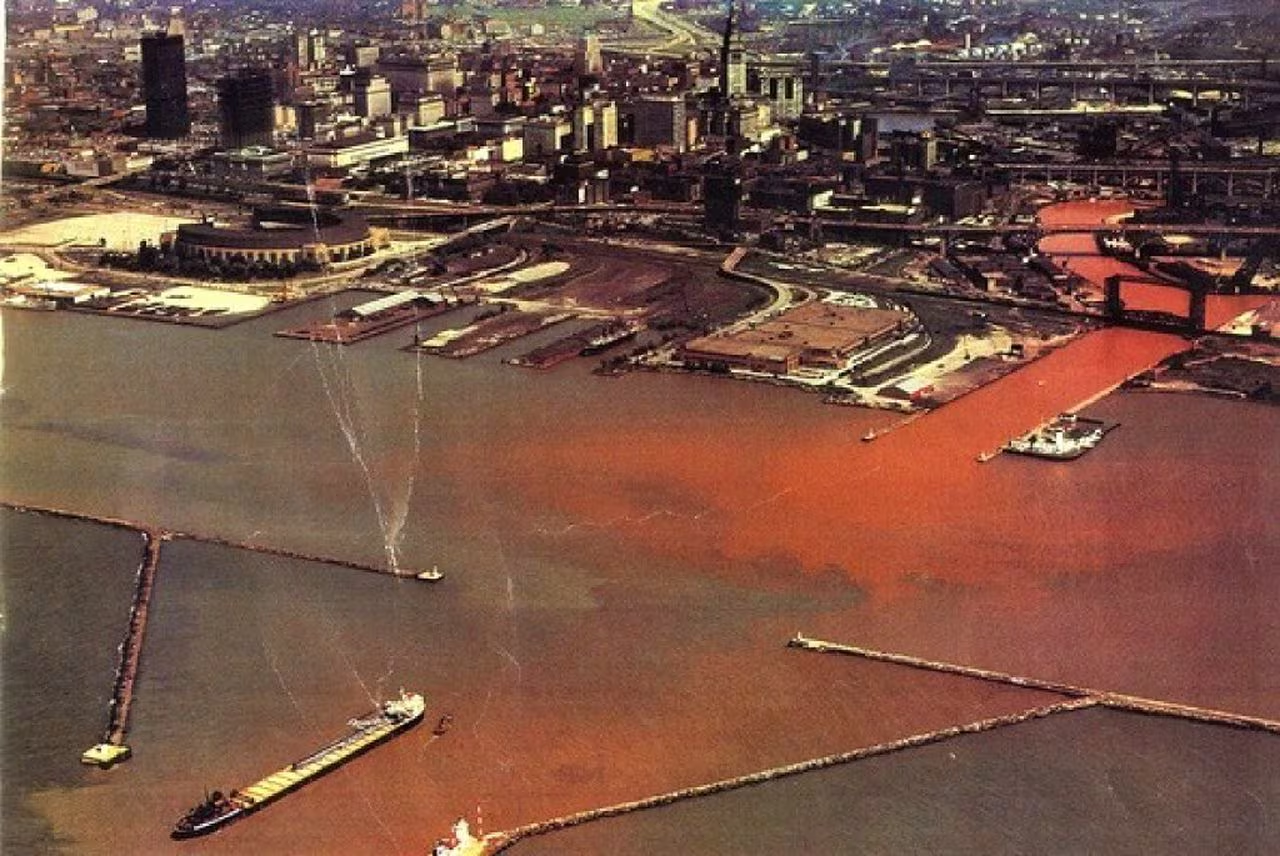Module 1.1 - A Turning Point Event for Environmental Science: Celebrating the Comeback of the Burning River, 1969-2019
1. Point of View
The video Cuyahoga Rivers focusing on the way people have
worked to heal it after years of neglect. It really paints a picture of how
something that was once an environmental disaster became a success story. The
way that they tell it, the river’s awful state is due to pollution and because
of industrial waste that then sparked the changes that had to happen in the
U.S. to solve these issues. The film highlights how both public opinion and
government policy started shifting after the river's repeated pollution
incidents, especially the famous 1969 fire.
2. Purpose
The video was made to display just how important the
Cuyahoga River fire was when it came to the policies
involving the environmental issues we now have in the
present. It shows that the fire that happened in 1962 was a turning point, hat then lead to big changes like the Clean
Water Act that took place in 1972. More than just a history lesson, it’s a
reminder that real environmental recovery is possible when people care enough
to act. The river’s comeback serves as a hopeful reminder that we can reverse
damages if we prioritize protecting nature.
3. Questions at Issue
The big issue presented here is the sheer level of pollution
that plagued the Cuyahoga River for years. The industrial waste had gotten so
bad that the river actually caught fire, not once but several times. By the
1969 fire, it became clear that something needed to change. the video really
makes you think and ask questions, like what major industry cause environmental harm, how should the
local governments actually regulate pollution, and whether the federal government
needed to step in to protect resources like rivers and lakes.
4. Information
The video was filled with information that pointed out how
bad pollution was in the Cuyahoga River before the fire in 1969 and what's
really changed since then. For one, it breaks down how factories dumped oils
and chemicals directly into the river, making it so dirty it could literally
ignite. It points out that rivers everywhere in the U.S. were facing very
similar problems during that time. it stats that the Cuyahoga caught fire at
least 13 times and highlights how the Clean Water Act has since dramatically
improved water quality and helped restore wildlife in the area.
5. Interpretation and Inference
The main thing that should be the takeaway is that the fire
that happened in 1969 on the Cuyahoga was a eye opener not just for people in
the local community but for the entire country as a whole . It ignited a wave
of environmental activism that led to real legislative changes, most notably
the Clean Water Act. The film seems to suggest that without that fire and the
attention it drew the river—and many others—might not have been cleaned up. it
really shows just how possible it is to undo Environmental damages with the
right policies being implemented.
6. Concepts
The video brings up several huge ideas in environmental
science, such as how pollution control and regulations work. it brings up the clean water rights,
basically the idea that everyone should have access to safe, clean water.
another important factor is corporate responsibility companies should be held
responsible for their operations and how impact the environment. The Clean
Water Act gets a lot of attention for playing a major role in legislation that sets
firm limits on how much pollution could be dumped into waterways.
7. Assumptions
There are assumptions that I don't think are well put in
this video. It assumes people viewing are on board with the idea that taking
care of our environment is important and that
pollution and that unchecked is a problem. also takes for granted that the people
viewing believe in our government and that the Clean Water Act is a good thing
and necessary to stop companies from harming the environment. In turn believing
that all viewers are on board with being against pollution.
8. Consequences
The damages of the Cuyahoga fire went far beyond just the local
area. In short, the fire got the nation's attention and further pushed the strictness
of regulations. The Clean Water Act and the creation of the Environmental
Protection Agency (EPA) soon followed. As time passed these changes led to
cleaner water overall, not just in Cuyahoga but the whole country. in present
day, the river is cleaner, wildlife is thriving, and people are using the water
for recreation again. The fire became a cause of action for the environmental
movement and made people more aware of how dangerous pollution can be.
References
PBS. (2019). Celebrating the Comeback of the Burning River,
1969-2019.
Environmental Protection Agency (EPA). (n.d.). History of
the Clean Water Act.
National Park Service. (n.d.). Cuyahoga River Valley
History.
Grammarly to proof


Comments
Post a Comment